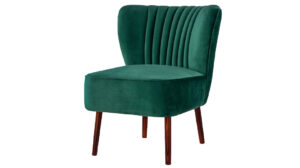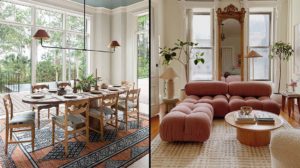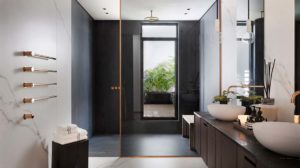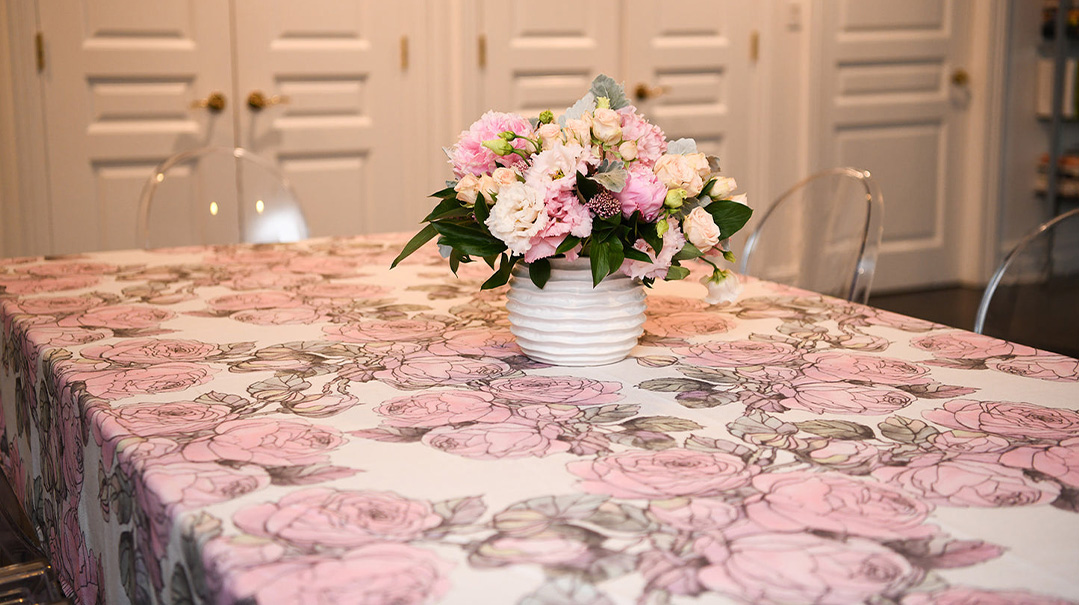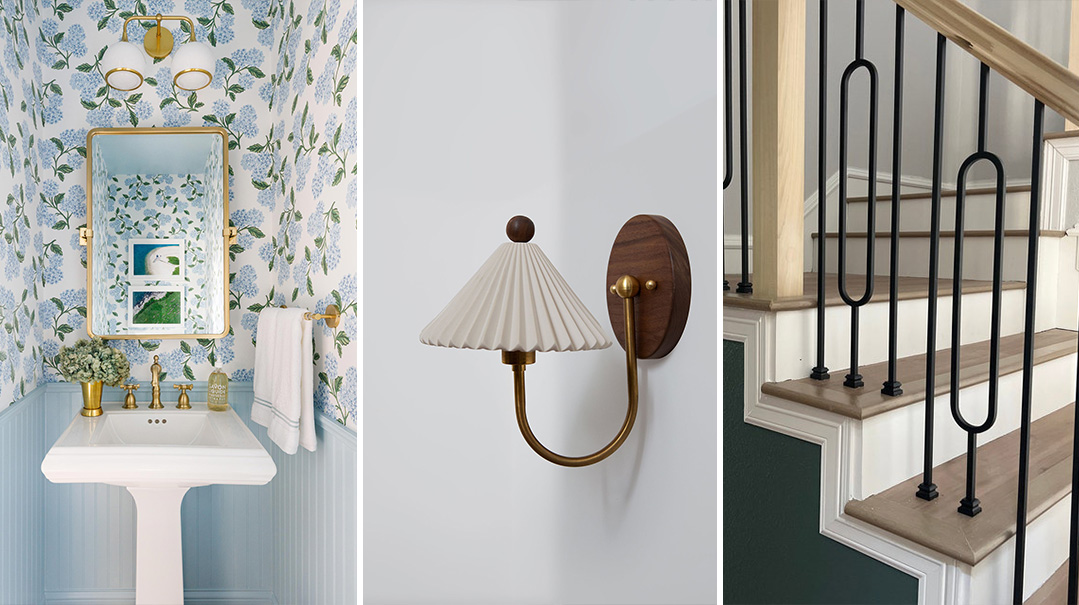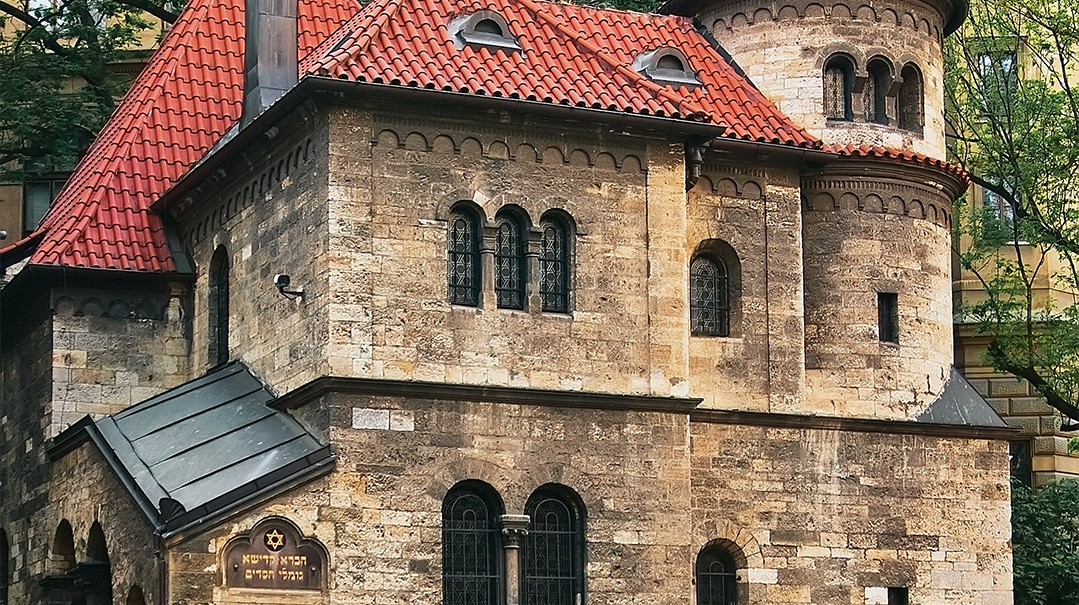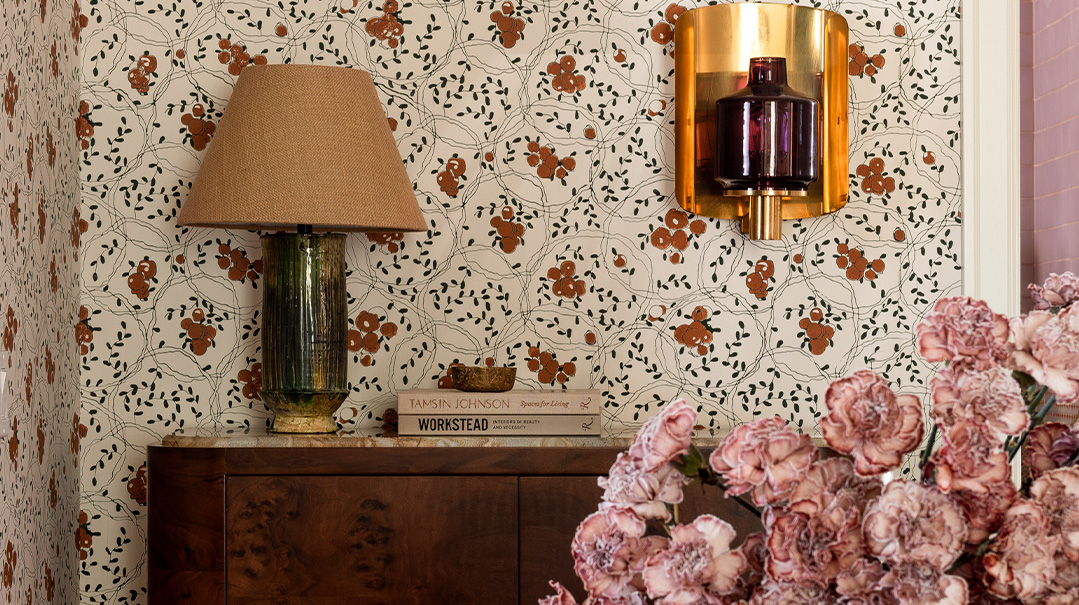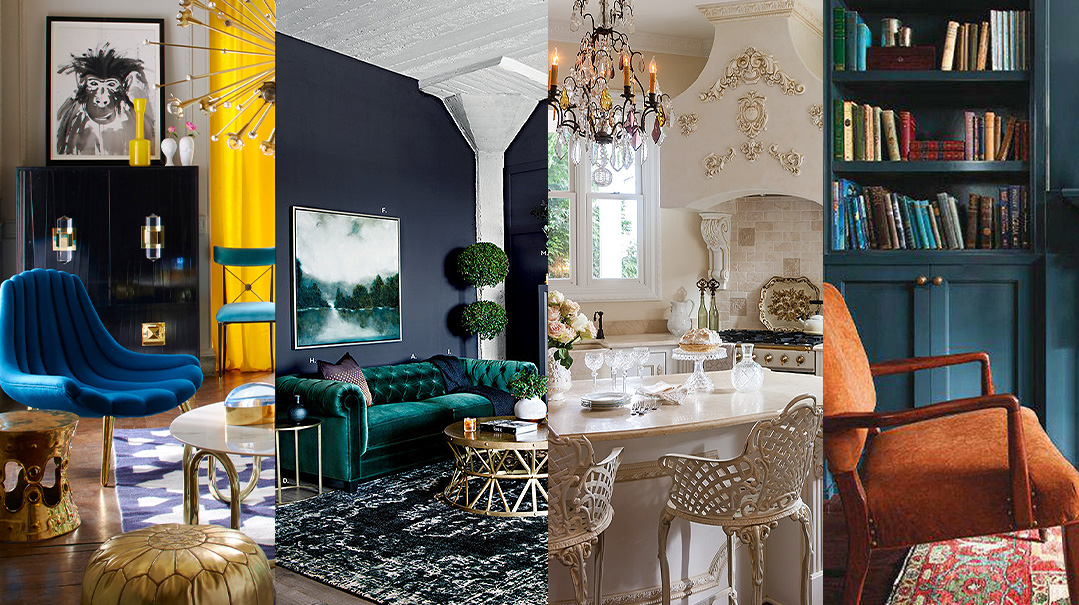It’s Not All or Nothing
| April 14, 2021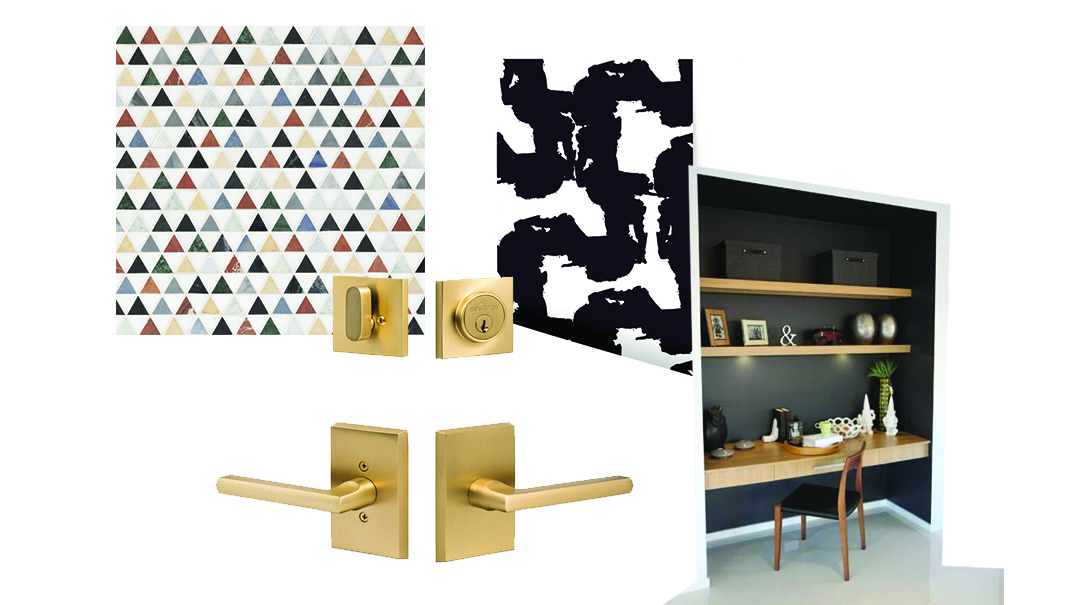
Budgets.
The oh-so-glamorous and always fun part of being a designer. Whenever I sign on with a new client, the very first step of my design process is finalizing and understanding a budget that is appropriate in relation to the scope of work. I never want to show clients something they can’t have — that’s just a waste of time for everyone involved.
However, budgets aren’t foolproof. Unforeseen issues, additions, and revisions that come with the nature of a renovation project can definitely affect how much you end up spending. Properly allocating allowances for these “hidden fees” ahead of time gives a much more realistic approach to an otherwise shoestring budget that will inevitably lead to disappointment, and potentially even a lack of funds to complete the job.
Once you’ve created and finalized your budget, you can sit back and enjoy the design process, knowing that you won’t have an opportunity to fall in love with something that is completely out of the realm of possibility for you. It will also open your eyes to all that can be done. Renovating your space doesn’t have to be looked at with an all-or nothing approach. Allow me to show you some examples of common spaces people are looking to change but don’t know how with what their budget allows. At any budget, an impactful and beautiful difference can be made.
With $100 to spend in your spare linen closet, you can…
Turn it into an office! Work-from-home spaces have become a huge niche in the interior design market this past year. Just because you don’t have a spare bedroom lying around doesn’t mean you can’t have a home office.
Here’s how to do it:
- Unhinge and remove the double doors used to conceal the closet.
- Remove any hanging rods and replace them with a shallow floating shelf. I love the oak veneer Lack shelf from IKEA, at $19.99.
- Get a deeper shelf (approximately 24 inches) to use as a floating desk space. The Container Store has some great ones for only $50.
- Add a rich paint color to the interior of the closet to make everything pop. Something like Cranberry Cocktail by Benjamin Moore would be cool. One gallon of paint will run you about $27.
PRO TIP
Not sure how much paint you need to cover your space? Each gallon of paint covers approximately 400 square feet. Not sure how to calculate square footage? Multiply the width of give you the total area or square footage you need to cover
With $500 to spend in your foyer, you can…
- Swap out that builder basic flush mount. Contrary to popular belief, attractive flush mounts do exist; you just have to know where to look. I love the shape and proportions of an alabaster and brass one I found on CB2 for $179.
- Upgrade your door entry hardware set. This is a great way to improve the look not only on the interior of your home, but on the exterior as well: $159.99 from Wayfair.com.
- If you’ve got a coat closet in your front hall, modernizing your door with a single-step shaker profiled door will make the world of a difference at a reasonable price. You can get one for $154 at Home Depot.
PRO TIP
Knock down any small half walls to make your foyer as open and inviting as possible. Too often, foyers are laid out without real people in mind. Give your guests (and yourselves) enough room to come inside, take off coats and boots, and comfortably maneuver around each other. It’ll also help to make your common areas feel more spacious.
With $1,000 to spend in your powder room, you can…
- Change out the vanity. This is probably the most impactful change you can make in this small space, so there is great cause for starting with this. I recently came across a chic sage one from Wayfair for $399.99.
- Don’t hang a ceiling light fixture or a pair of sconces. Asymmetrical lighting is having a real moment right now. Try hanging a single pendant to one side of your vanity mirror for an edgy look.
- Wallpaper the walls. If you love wallpaper and want to pack a punch, your powder room is a great place to hang some, since these rooms are typically small and don’t require too much product. I love this black-andwhite option from Drop It Modern that’s only $137/roll. Combining these elements can really revive the look of your powder room.
PRO TIP
When configuring the layout of your powder room space, try to orient the room so that the toilet is tucked in and concealed by the vanity from the entrance. Another great touch is to have your stone fabricator drill a circular shaped hole in your countertop that’s a straight drop into a wastebasket hidden within the vanity.
With $5,000 to spend in your kitchen, you can…
- Get a rendering done! Most people have a hard time visualizing and committing to what their space could look like. Taking the time to invest in a rendering with all of the proposed finishes will make the world of a difference when understanding your space and helping it come to life before it’s actually built. 3D visualizations of individual spaces typically range from $1,000 to $1,500.
- One word: plumbing. Giving your plumbing fixtures a facelift can make such a huge difference in a kitchen and is fairly easy to accomplish. I love the Purist line from Kohler, starting at $1,519.
- Paint your cabinets. You’ll need a millworker who specializes in onsite cabinet finishing and spraying. Pricing usually runs from $30–60/linear foot and will make you feel like you have a brand-new kitchen. I love the putty/ mushroom colors for cabinets right now. Hazy Skies by Benjamin Moore is one of my all-time favorites for this look.
- Add a fun backsplash. I’m obsessed with this confetti triangular marble mosaic from Artistic Tile. The many variations of colors within it make it versatile enough to work with endless palettes and finishes that you already have happening in your countertops and cabinets. From $57/square foot.
Pro tips:
Let’s talk kitchen tile for a second.
* If you’re using a marble tile as a backsplash, make sure to seal it as you would your counters, as dirt and debris tend to collect on them. They don’t call it a backsplash for nothing.
* How much tile do you need? So glad you asked. Measure the square footage of the area you want to tile (length times width in feet). Then add another 20 percent for wastage. Waste is important because some of the pieces you receive will be cut down for corners, edges, intricate patterns, matching up veining, dead spots, etc. You’ll always need more than your space actually measures. Depending on the complexity and cuts of the pattern, your tile installer may require more or less wastage, so always ask them for an estimation in advance of placing your order.
* Keep the box your tile came in until the job is complete! If by some chance your tile installer runs out of material even with the wastage you accounted for and he’s asking for more tiles, you’ll want to purchase from the same dye lot as the originals. Even if you think you’re buying the same product, dye lots (i.e., the variances of color) can range tremendously. The code on your box of tile will be an indicator of which dye lot you received your first set from.
* Request a quote for the installation in advance, with the material you intend to use in mind. The labor pricing will vary depending on the complexity of the job.
* Avoid white grout. It looks nice for about five seconds, but I promise you, getting on your hands and knees to scrub out ketchup stains with a toothbrush is never enjoyable.
Sometimes people become disappointed by all the things they fall in love with in a magazine but decide they can’t afford and then dismiss the project altogether. I hope this article will inspire you to pursue those updates you’re craving and not to be deterred by a perceived lack of ability to complete the project.
Design with a purposeful eye, spend your money where a difference will truly be made, and you will be so happy you did. Not every surface and fixture in your home needs to be ripped out to make it magazine-worthy. Trust me on this one.
Leia Whitman Karoly is the Principal Designer at Gowans Whitman Design Inc. in Toronto and can be contacted at leia@gowanswhitman.com.
(Originally featured in Family Room, Issue 015)
Oops! We could not locate your form.

